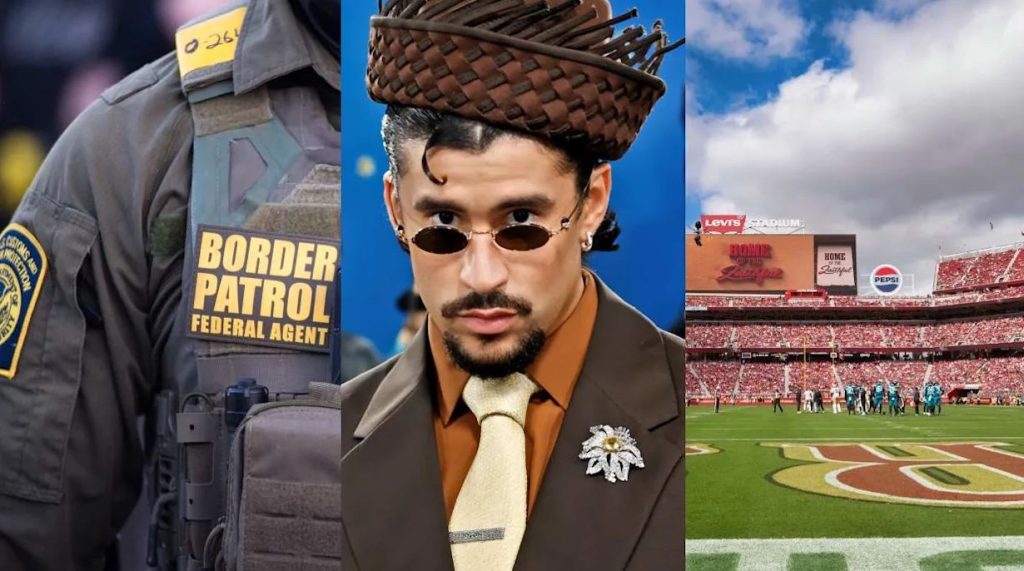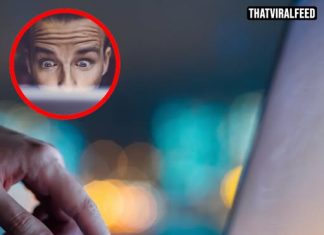A recent statement by Corey Lewandowski formerly a top adviser in the Trump administration has stirred debate. He claimed that U.S. Immigration and Customs Enforcement (ICE) agents will be present at the 2026 Super Bowl, including during the halftime performance by Puerto Rican artist Bad Bunny. Lewandowski announced this during an appearance on The Benny Show podcast, asserting that even at such a high-profile event, “safe haven” would not apply to undocumented individuals.
Bad Bunny’s Role and Past Concerns
Bad Bunny, born Benito Antonio Martínez Ocasio, was officially named headliner for the Super Bowl LX halftime show, scheduled for February 8, 2026, at Levi’s Stadium in Santa Clara, California. His announcement emphasized pride in his Latino and Puerto Rican heritage, framing the performance as a tribute to his culture and history. In past interviews, the artist revealed that his decision to skip U.S. dates on his world tour was influenced by fears of ICE presence at concerts. He suggested that immigration enforcement outside his shows could put fans at risk—one reason he opted for greater safety and fewer U.S. stops.

“No Safe Havens,” Says Adviser
When questioned whether ICE would force enforcement at the Super Bowl, Lewandowski responded: “There is nowhere you can provide safe haven to people who are in this country illegally. Not the Super Bowl and nowhere else.” He added: “We will find you and apprehend you … and put you in a detention facility and deport you.” He criticized the NFL’s choice of Bad Bunny, characterizing it as “shameful,” and said the league should pick acts that “bring people together” rather than “separating them.” According to Lewandowski, enforcement would occur across all venues, regardless of the performer.
Political Posturing or Legitimate Security Plan?
Observers note that this announcement aligns with a tougher stance on immigration enforcement. Supporters may view it as consistent policy, while critics see it as a means of drawing attention to political control over public events. Many question whether deploying ICE agents at such a high-visibility entertainment event could backfire—igniting protests, backlash, or political scrutiny. Some argue that publicly stating those plans gives the event an unnecessarily heavy security tone. Others counter that government agencies often maintain presence at large gatherings for multiple purposes, including crowd safety and border enforcement. In this case, though, the intended focus on immigration enforcement during a major cultural event makes it especially controversial.
Reactions, Risks, and Questions Ahead
The reaction has been swift. Critics argue that bringing ICE to a halftime show risks alienating fans, inciting fear, and politicizing entertainment. Others worry that announcing such a plan publicly may have unintended consequences—prompting legal challenges or logistical complications. Supporters of tougher immigration enforcement may praise the move as consistent with a strong-on-policy agenda, but many theatergoers, Latino communities, and artists foresee tension. Some question whether attendees themselves would be policed, and whether the presence of ICE could deter part of the audience from attending. Another key question remains: Will the NFL, stadium authorities, or event sponsors approve or resist such a plan? While Lewandowski frames it as an official direction, the operational and ethical implications are vast. Organizers must assess crowd management, civil liberties, and public relations risks.

Art, Identity, and Power
At the intersection of culture and policy, this moment places Bad Bunny’s performance in a more complex frame. His presence at the Super Bowl already carries cultural weight, as a Latino icon on one of America’s biggest stages. Now, with the specter of immigration enforcement looming over his show, the performance becomes more than musical—it enters political terrain.
Conclusion
Whether the announced ICE deployment actually takes place, or whether it becomes leveraged as a symbolic deterrent, it will likely fuel discussion about the role of entertainment, immigrant rights, and how public events are policed. Either way, this clash between artistic expression and immigration policy has spotlighted tensions at a moment when a pop spectacle is pushing into symbolic territory far beyond the field.

















